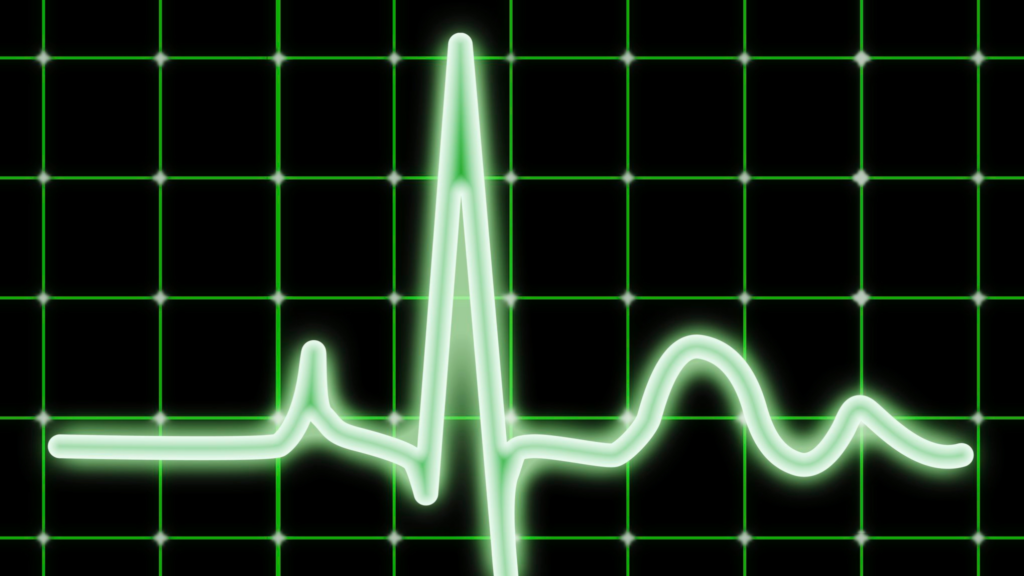
What is the target heart rate for exercise? After heart-attack victims experience this trauma, they might be too scared to introduce physical activity back into their lives. Knowing and tracking your heart rate is vital, especially if you’ve recently had a heart attack and would like to start exercising again. Fortunately, in today’s world, there are many ways to check and monitor your heart rate. You can invest in a heart rate monitor, check your pulse, or do a quick and simple calculation.
If you’d like to improve your fitness level after a heart attack or cardiovascular disease, we recommend starting with a safe and easy aerobic exercise. Throughout your workout, you’ll be able to monitor your pulse or heart rate.
While the term “target heart rate” might sound complicated to some people, this is vital information you need to be aware of. Let’s take a look at what you need to know about finding your target heart rate when engaging in physical activity.
Your heart rate is an indication of how much work your heart is doing, which can be used to determine the appropriate level of intensity for your exercise routine. When determining your heart rate, you can either calculate your maximum or target heart rate.
Your maximum heart rate is the total predicted beats per minute that your heart generates during physical activity or exercise. However, keep in mind that everyone’s maximum predicted heart rate will differ depending on various factors, including your fitness level. If you want to get an accurate maximum heart rate, you should undergo exercise testing.
Now, what is your target heart rate? This is a specific range of heart rates below your maximum heart rate that will work your heart’s condition but not overwork it. Once again, this range is different for every individual and is impacted by your fitness goals and cardiovascular risk.
When you’re exercising, you should periodically check your heart rate. If it’s above your target zone, you need to decrease the intensity of your workout. However, if it’s too low, you might want to incorporate some more challenging activities into your program.
Ideally, you should aim to achieve 150 minutes of moderate-intensity activity each week.

There are a number of ways to monitor your heart rate during exercise. Some are easier than others, while some methods are more accurate. Whichever method you choose, this should be helpful in ensuring you reach your goals and maintain your health and that you don’t have a dangerous heart rate that needs medical attention.
Let’s look at the three ways to monitor your heart rate:
Even though this method involves some maths, it’s not complex. To determine your estimated maximum heart rate, simply subtract your age from 220. Therefore, if you’re 40 years old, your maximum heart rate is 180 beats per minute.
However, if you want to know your target heart rate zone, multiply your maximum heart rate by 50% to 85%. Based on the example above, your target zone if you’re 40 is 90 to 153 beats per minute.
Keep in mind that these figures are based on a healthy adult.
In order to take your pulse, you need to hold one hand in front of you with your palm facing upwards. Next, you should gently place your index and middle finger on the hand in front of you. Place your fingers close to the thumb side of your wrist. Adjust your position until you can feel the pulse.
It’s always best to check your radial pulse; however, you may also check your carotid pulse or neck. When opting for these methods, make sure you check one side at a time.
Make sure you press lightly and not hard. Lastly, count the beats for 10 seconds and multiply that number by six to get your total heartbeats per minute.
While this method is appropriate for many types of exercises, it isn’t always convenient. If you’re looking for a quicker and simpler method, you might want to consider investing in a monitor.
There are many types of heart rate and blood pressure monitors, and these have become quite the rave in recent years. While not all of these devices are 100% accurate, they can be very precise. You can also choose between expensive and inexpensive models.
Lastly, there are also different types of monitors to choose from. You can choose between a watch-like monitor that fits around your wrist or one that goes around your chest.
Your heart rate will change depending on the type of exercise you’re doing. Thus, don’t expect the same heart rate you get when riding a stationary bike while you’re doing heavy lifting, weight training, or running. This is normal and not a cause for concern.

Starting to exercise after a heart attack can be a daunting task. It’s vital to take it slowly and not put too much pressure on yourself. Before you start any form of physical activity again, it’s vital to consult your doctor and get the green light.
Remember that your body has been through something traumatic; therefore, it’s crucial to take things slowly and keep an eye out for any warning signs. If you notice any of the following symptoms, make sure to stop exercising immediately:
If possible, you should consult your doctor as soon as possible. They will tell you whether it’s safe to carry on exercising and give you other advice to prevent another cardiac event.
While it’s safe to slowly introduce exercise back into your routine after experiencing a heart attack, there are a number of precautions you should take. Firstly, you should start introducing a fitness program while you’re in cardiac rehabilitation to determine if you’re ready to push yourself as you’ll be under the supervision of specialists. Secondly, we recommend monitoring your heart rate as often as possible while exercising to ensure you’re not overexerting yourself. Investing in a reliable heart rate monitor is probably the easiest way to do this.
Copyright © CardiacKrock.com. 2022 All rights reserved. | Sitemap